The conventional part of the OTT market has become challenging: Vishal Maheshwari
Viu India recently completed 4 years and has emerged as a preferred destination for localised original content. The platform has cemented its position in the Indian OTT space as the one-stop destination for millennials. Over these four years, Viu has built the largest original content library with focus on regional markets and has so far, produced more than 50 Originals.
According to the OTT platform, Viu has created a niche for itself in the OTT space garnering 30.7 million MAUs and 37.5 billion video minutes in 2018, with presence in 17 markets (now including South Africa) and 900 episodes of Originals in 2018.
This year, they have also launched IB Cricket Super Over League and ‘Love, Lust and Confusion 2’, which has garnered 100 million views.
Viu has also forayed into markets such as Myanmar and South Africa and has announced eight Viu Original titles and aims to release over 80 titles in 2019 to reinforce its commitment to content creation.
In conversation with Adgully, Vishal Maheshwari, Country Head - India, Viu, speaks at length about the OTT platform’s growth trajectory in India, focus on regional content and also tapping into the millennial viewer base.
How have you been able to create differentiation for Viu in a market of strong OTT players?
We are ahead in terms of our regional and millennial focus. While everybody is going really far and wide, we are focusing on a very narrow and deep type of strategy. We have been very focused in terms of executing on that over the last two and a half years. With more than 50 Originals that have been lined up, we cut across fiction, non-fiction, as well as language footprints. It has been a very focused effort for us, which has helped us stand out in the overall marketplace.
How do you view Viu’s four-year journey in India?
I think it’s a very challenging market with around 33 and so players, along with conventional parts of the market that are getting very challenging with time. For instance, the most conventional way in which most OTTs start out is by aggregating a lot of content, carrying television content and then actually becoming an OTT platform. Moreover, the broadcasters themselves are very strong in terms of their OTT act. A lot of the aggregated market has been priced or maybe potentially out-priced. A lot of smaller content providers have also launched their own OTT platforms. The key challenge has always been about being able to define what is your present value proposition and that is something that we have taken a couple of years to evolve, test, deliver and see practically the trail of Originals.
Any OTT business is built on four pillars:
Content
Engagement
Reach
Monetisation
We have done really well in two-three of them; content reach is something that we are in the process of addressing.
Also Read: The New Telugu Digital Series, ‘The Grill’ Now Streaming On Viu
When it comes to regional content, what has been your strategy?
Our strategy has been very consistent in terms of first determining who you want to create the content for, understanding enough of those people, and then fundamentally trying to create content for that region and for that native market. That's really been our way of approach. We have worked on Tamil, Telugu contents. We have been very seriously engaged with the content ecosystem over there, have done a fair amount of consumer research, and also had our successes and failures. Today, we have got a formula that is working well in each of these markets in terms of a much higher guaranteed rate of success in terms of our content.
We did an auto campaign in the Telugu market in March- April, and we have just completed an outdoor campaign in Mumbai, which were our steps into experimenting with the regional platform. We are figuring out if regional is working for us or not and are really motivated to explore more opportunities.
Along with our regional focus, we have also been digitally focused on all markets as we believe that most of our target audience is more connected digitally. Digital has been at the forefront of what we’ve been doing, which has helped us to get to a certain stature. While getting into the regional market, we definitely might be looking at mediums potentially beyond digital. As of now, we’ve been experimenting with multiple mixes in multiple markets to try and see what actually resonates.
What is the differentiation in the basis of UI and UX?
I think the ease and the simplicity is extremely important. One way in which we have actually differentiated or are different in terms of the UI is particularly when you fire up the app we have something known as a big spotlight that actually runs right on top. This is unlike Netflix and Amazon Prime Video, who start off with a whole bunch of titles of the same size for scrolling down. Our spotlight is something that helps a person to quickly hold on to some very interesting pieces of content. Secondly, we have actually got four faces on our app, which allow the user to choose the language of programming and then get 100 per cent feed based on that particular language. So, you can choose Hindi, Telugu, Tamil and also Korean. So, those are two very significant UI differences that we have. You can also constantly try to optimise the size of your app, which will make sure that it is light at download. We’ve been constantly experimenting with other app variant types for enhancing user experience, which will be available as widely as possible.
You’ve mentioned about offering content in Korean language. How is it performing, who are the TG?
The TG here are the teenagers as they opt for storyline, great presentation and attractive people, that is, hot content, and K-Drama is something that fills all the aspects of what the kids these days prefer watching. The audience has had a very positive response towards Korean content which is why we have always maintained space for this content. For some, engagement with this kind of content is very important, for example, in markets like Indonesia, where Korean content is a rage and export value is very high as well.
We have a tie-up with four of the best studios in Korea and the large part of our South Asian content is majorly from Korea.
What are the rules for monetisation in the OTT space?
We have a freemium model. Our belief is that in some time the market will be ready to pay for it. We believe Indians will pay for value. We are at a stage where the value definition is completely there for most Indians. We still have a decent proportion of the base that comes in and pays us a subscription for an ad free viewing, but monetisation is actually important.
Have you ever thought of remaking content?
We have signed up with Kehset which is the Israeli format company, we've got two products that are under production and one is happening with GoldieBahl for a content called Stylist and the other one with Annapurna studio in Telugu called Beauty and The Baker. We have also worked on CBS’s highest rated game show and recreated it in the regional languages. The Hollywood Square’s remake is the Tollywood squares. We have definitely worked with a lot of these formats both fiction as well as non fiction across.
How has the advent of Jio made life easier for the OTT players to reach the Tier 2 and 3 markets?
In terms of connectivity there is no arguing with that because just three years ago we were the lowest priced internet market. Every kid has got access to one and a half MB of data on a daily basis.So undoubtedly, it's democratized internet access. Nobody’s talking about the availability of internet,what Jio has done and what it's forced the other players to do has expanded. What they're doing in terms of their rollout on their set top boxes and their fixed by per bandwill take the experience to a completely new level altogether.
What is the scope for independent OTT platforms?
Ott platforms like AltBalaji, Eros, Hoichoi can be independent and in terms of International Ott platform there’s Netflix, Viu and Amazon who’ve been successful in setting their international footprint whereas the rest of them only cater to their Indian footprint. Vodafone, Jio are the biggest boys here but no one can confirm as they are more reticent on most of these platforms.
With 33 OTT players in the market, do smaller players stand a chance in getting aggregated into one big player?
App Annie counts 33 players as per the monthly reports and in the Ott business it’s one thing to be the content provider and another thing to be a platform player as these are two very distinct things not only in terms of technology but also extremity and to be able to sustain in the long run. Things like acquisition economics, retention levels being as abysmally low as they are in this market takes a toll on anybody trying to run a platform. We have already seen t e beginning where consolidation begins to happen when content players move into platform for example TVF which is not active on their own platforms but are more happy creating content for others and letting that content come back to them. The bigger players usually invest in platforms like ALTBalaji, Eros Now, etc. This consolidation will be taken in different flavours as it won’t necessarily be people shutting down which might happen at some point of time not denying but we will receive people getting bought out while some try to find their own way.




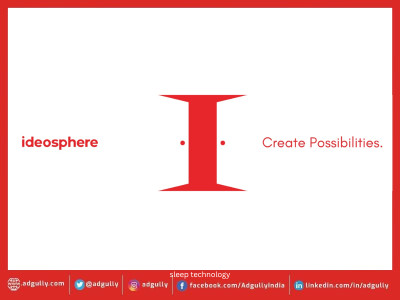

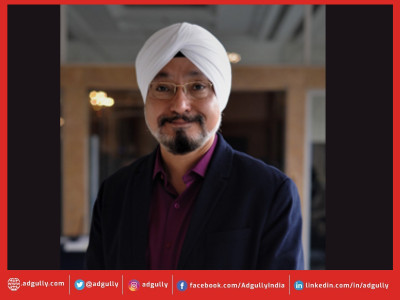

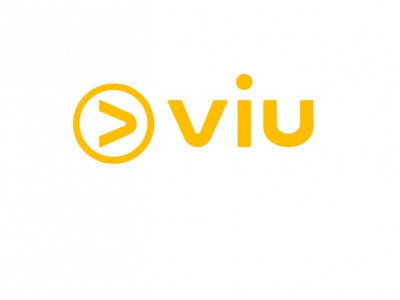

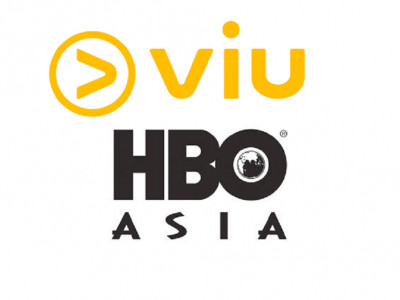
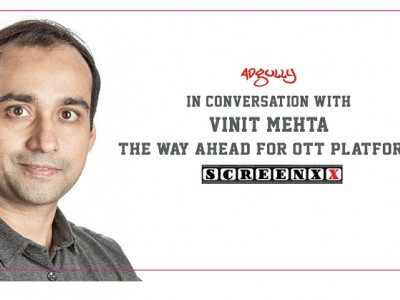

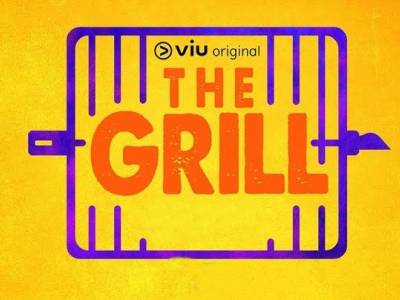
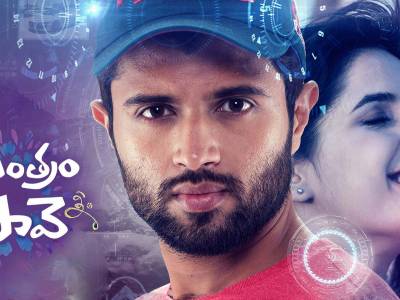


Share
Facebook
YouTube
Tweet
Twitter
LinkedIn